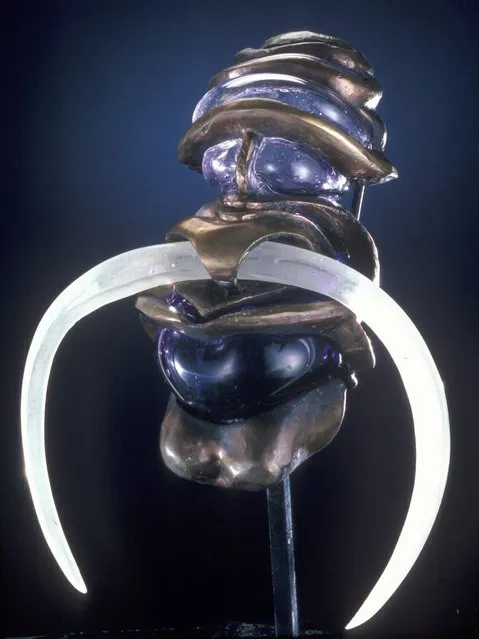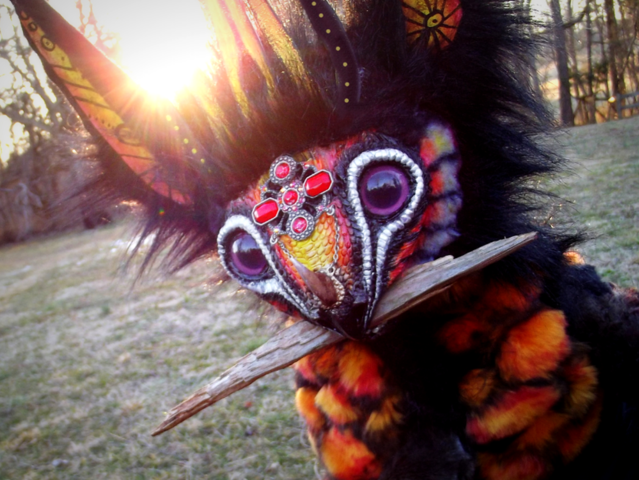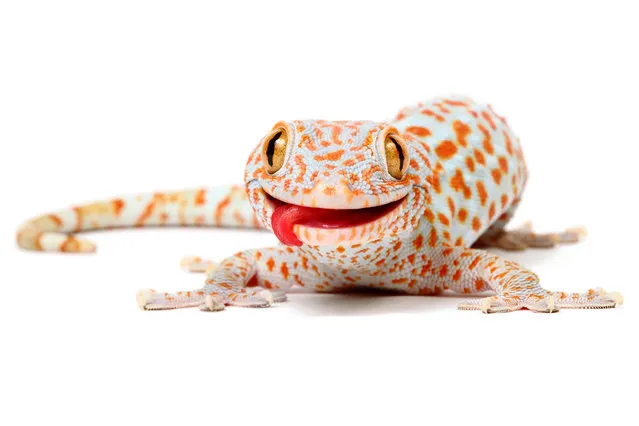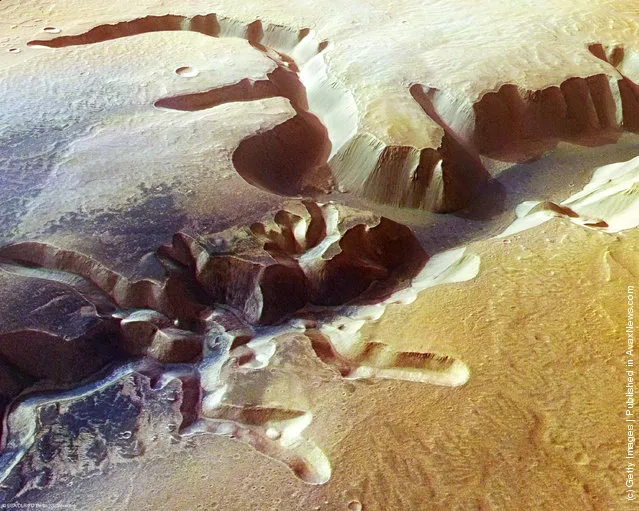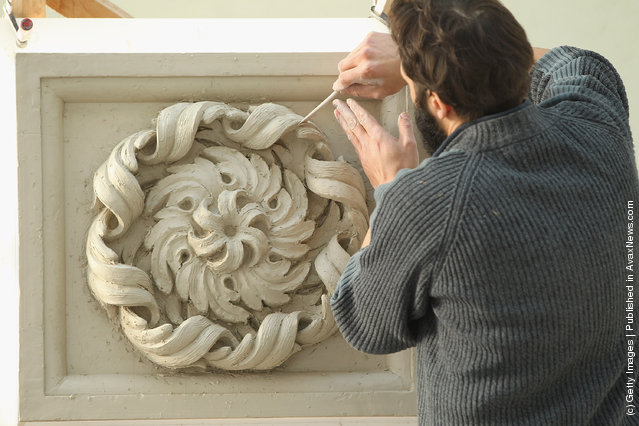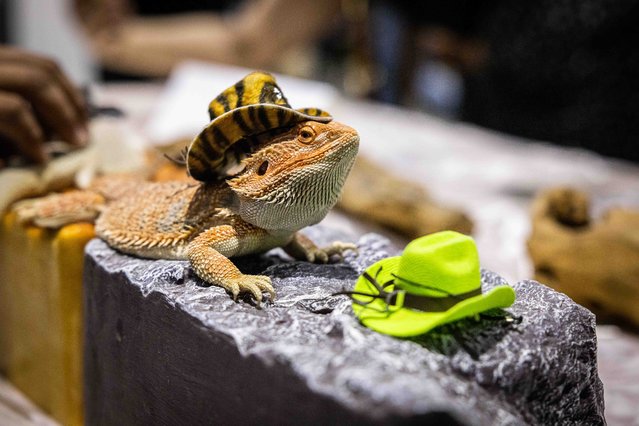
A lizard wears a cowboy hat at Pet Expo Thailand on May 06, 2023 in Bangkok, Thailand. Dogs take part in a skateboarding competition at Pet Expo Thailand, a four day exhibition held at the Queen Sirikit National Convention Center. Dogs were judged on form and agility and separated into novice and experienced categories. Placing first place in the novice category was Mui and first in the experienced category was Suradej. Both house pets and exotic animals were featured at the expo, with visitors and their pets able to interact with them. (Photo by Lauren DeCicca/Getty Images)
21 Aug 2024 03:04:00,post received
0 comments

